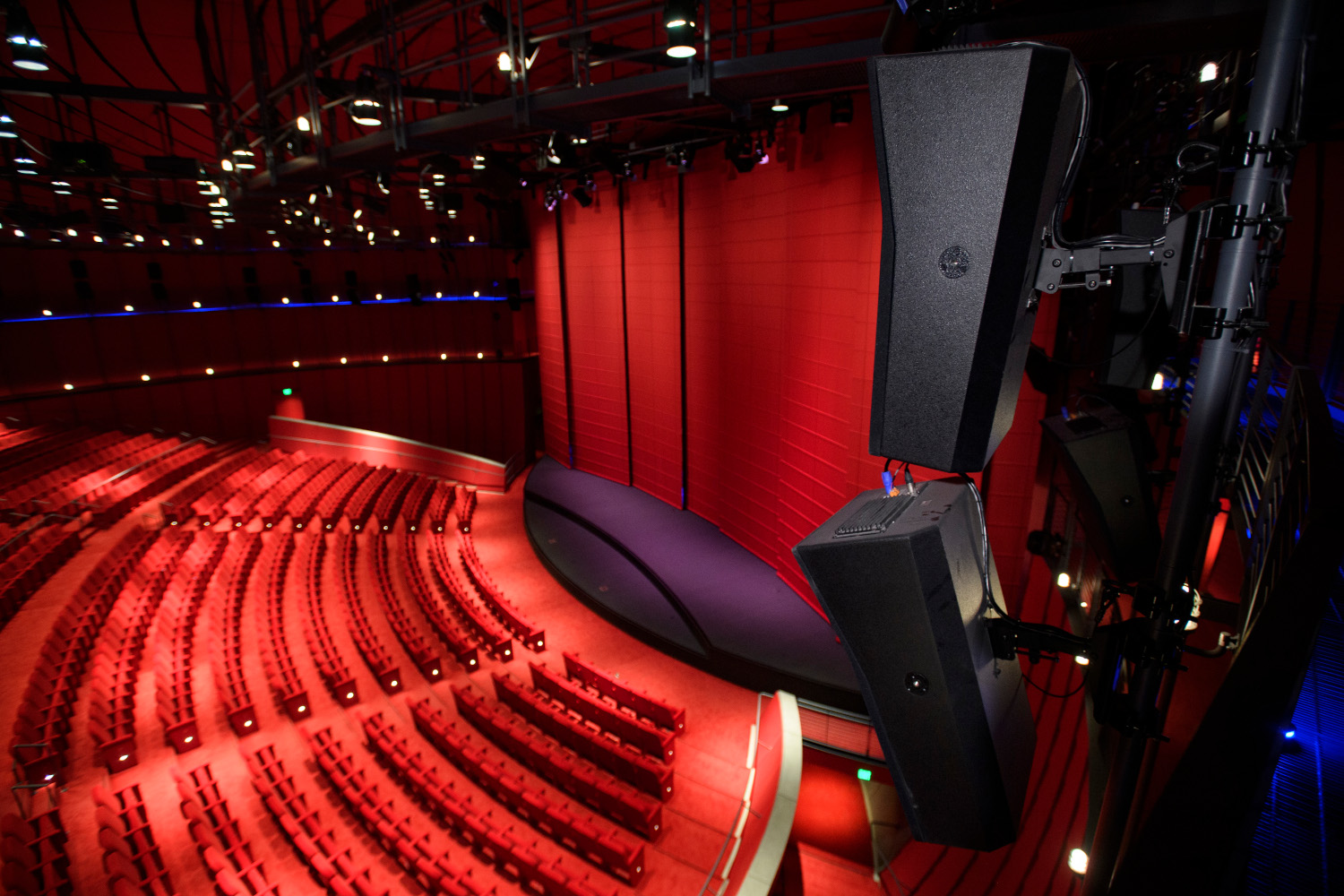

The iconic Mount Rushmore backdrop that Robert F. The museum’s exhibition Backdrop: An Invisible Art - on view within the Saban Building’s double-height Hurd Gallery through October 2022 - showcases another piece of monumental historic film scenery.
#Academy museum of motion pictures instagram movie#
It feels as though the sphere’s dome roof, which was constructed from steel and glass (like the “skyway” pedestrian bridges connecting it to the Saban Building gallery complex), functions like a gigantic, open-air exhibition vitrine, allowing visitors to frame the movie scenes which, captured amid this storied locality, inevitably come to mind while drinking it in. But enjoying the dramatic vista, within a film museum’s context, delivers a powerful charge. The observatory deck was made for photo ops. The Dolby Family Terrace atop the Sphere Building Iwan Baan/©Iwan Baan Studios, Courtesy Academy Museum Foundation

Atop the sphere, the Dolby Family Terrace offers a panoramic view stretching from Westwood to the Hollywood Sign by way of Beverly Hills. Inside the sphere, the 1,000-seat David Geffen Theater brings new meaning to the term “movie palace,” with its state-of-the-art projection facilities and glamorous lipstick-red color scheme. However, the exterior of this awe-inspiring structure brings to mind the otherworldly brutalist elegance that legendary production designer Ken Adam conjured for the all-time great 007 films like 1967’s You Only Live Twice. The monolithic Sphere Building - around which the museum’s campus revolves - acquired the nickname the “Death Star” (that’s the superweapon from Star Wars) amid construction.

30 at the corner of Fairfax Avenue and Wilshire Boulevard, was worth waiting for. The hirings, firings and an ultimate relocation to the Miracle Mile area were complete with plot twists redolent of a Robert Towne screenplay.Ĭonstructed over six years, beginning in 2015, by the Pritzker Prize-winning architect Renzo Piano, together with his Renzo Piano Building Workshop and Gensler, as executive architect - as well as innumerable world-class specialists of all manner to get the look and the mind-boggling technical craft involved in running the place exactly right - the new Academy Museum has outpriced any blockbuster ever made in Hollywood. Locations, architects and curators came and went. Wall Street's M&A Sharks Are Getting Ready for a Feeding Frenzy of Hollywood Dealsĭiscussion of Debbie Reynolds’ suggestion of subsidizing the display of her vast collection of Old Hollywood memorabilia (which she acquired at the 1970 auction of seven MGM soundstages), planted the seed and prompted the hiring of Academy Museum staff in 2004 for a building that would have risen in Hollywood. The idea for the Academy of Motion Picture Arts and Sciences to build a film museum - intended to be to the medium what the Louvre is to fine art - first took shape at a 2002 Academy board meeting. Yet they threw in the towel after legal challenges ultimately resulted in a showdown, during which a shotgun-toting owner of a property situated on an intended site defended his turf, backing down only after an intervention from an “army” of L.A.

Mayer, Mary Pickford and Gloria Swanson - had moved forward with the concept. By the 1960s, a group of industry legends - including Walt Disney, Louis B. And although its determination to showcase the work of traditionally underrepresented artists is admirable, one has to wonder whether it’s not also an effort to counterbalance the industry’s and the Academy’s notoriously poor record of inclusivity, which led to #OscarsSoWhite and other protest campaigns.According to Hollywood lore, a world-class motion picture museum situated in Los Angeles has been in the works for nine decades. The same is true of the museum as a whole its website lists “Be Radically Inclusive” as one of its guiding principles. It’s clear here that an effort has been made to show a diverse population of winners. In addition to memorabilia, such as ceremony programs, congratulatory telegrams to and from a who’s who of moviedom’s heavy hitters, and the feathered and sequined Bob Mackie dress Cher wore to the 1986 Oscars ceremony, looped acceptance speeches play on screens that surround the room. Of course, an Academy of Motion Picture Arts and Sciences museum without a tribute to the Academy Awards would be like a Van Gogh museum without sunflowers, and indeed, there is a substantial section that pays tribute to the Oscars.


 0 kommentar(er)
0 kommentar(er)
